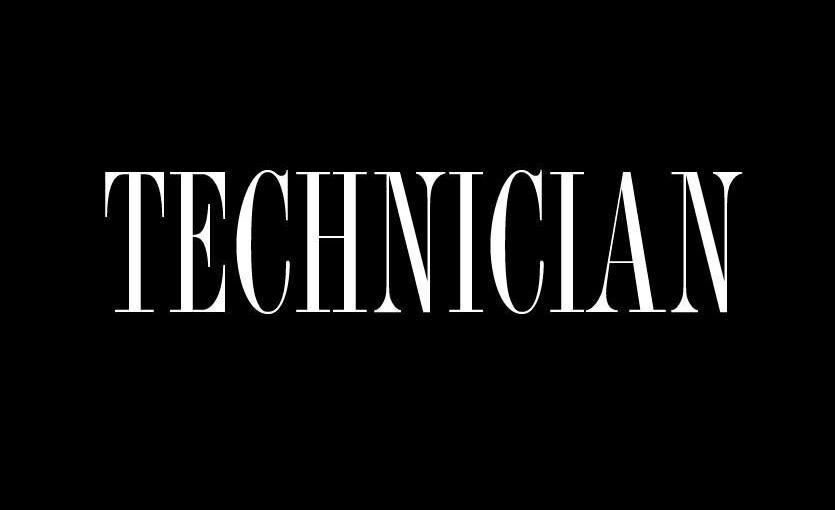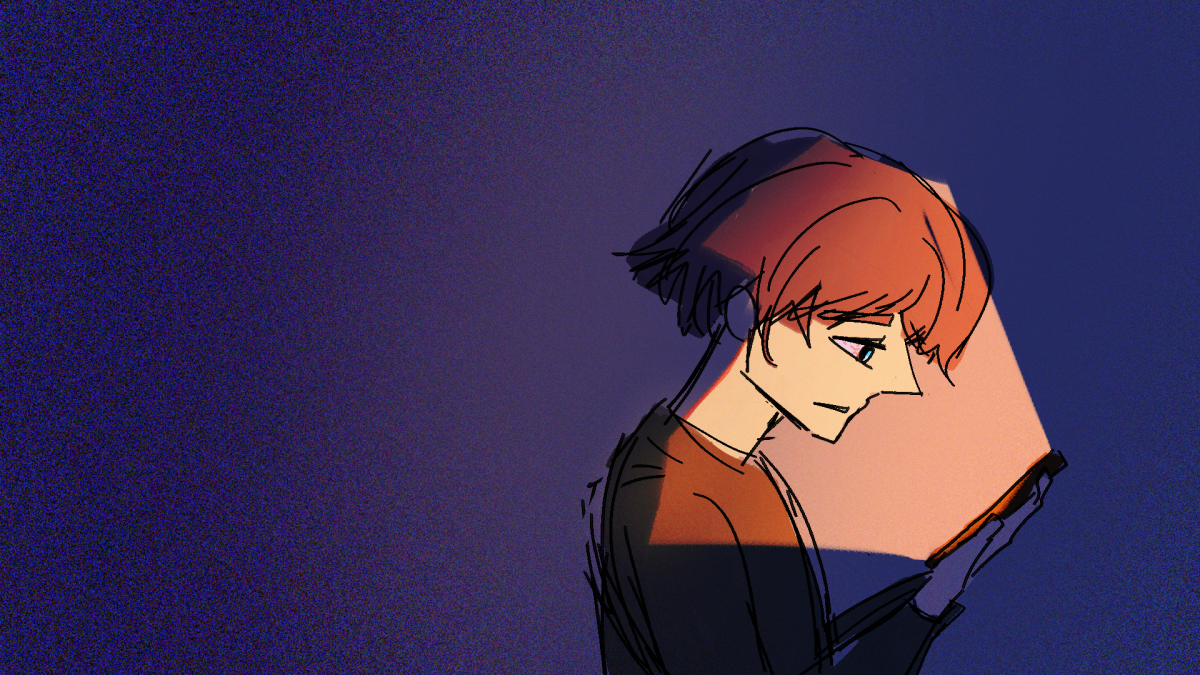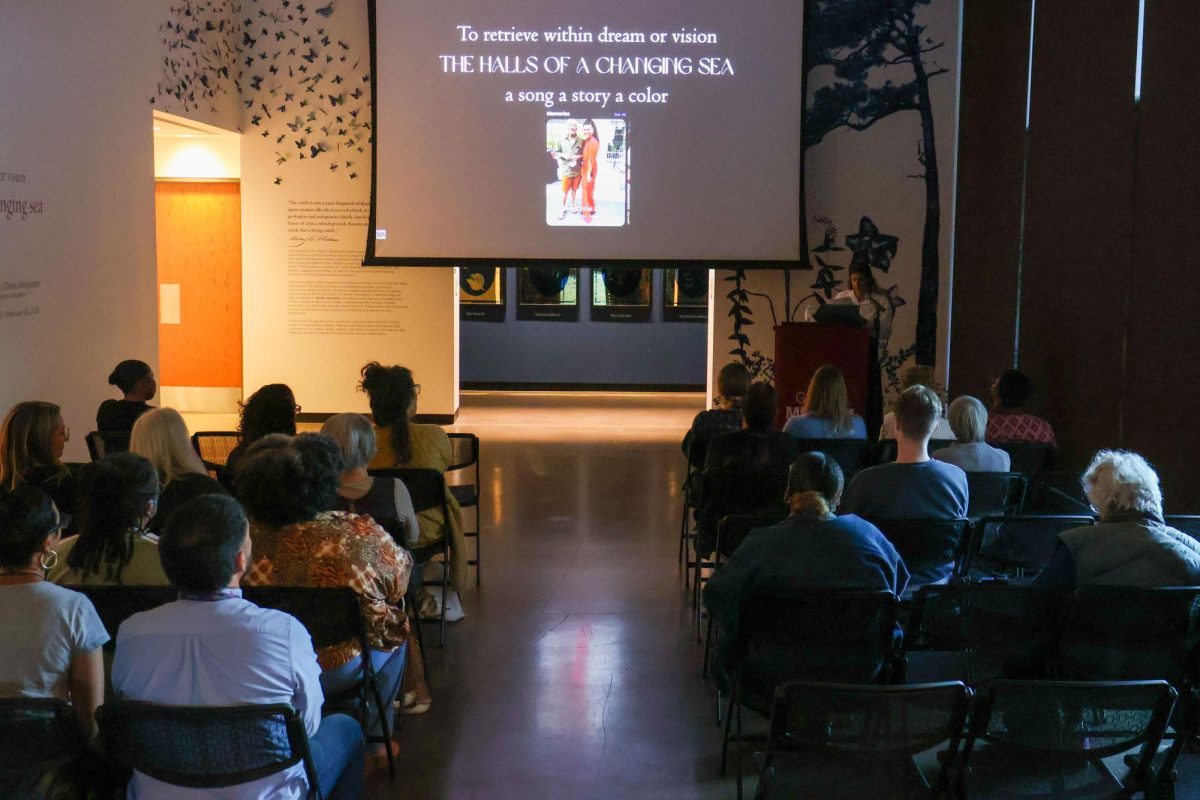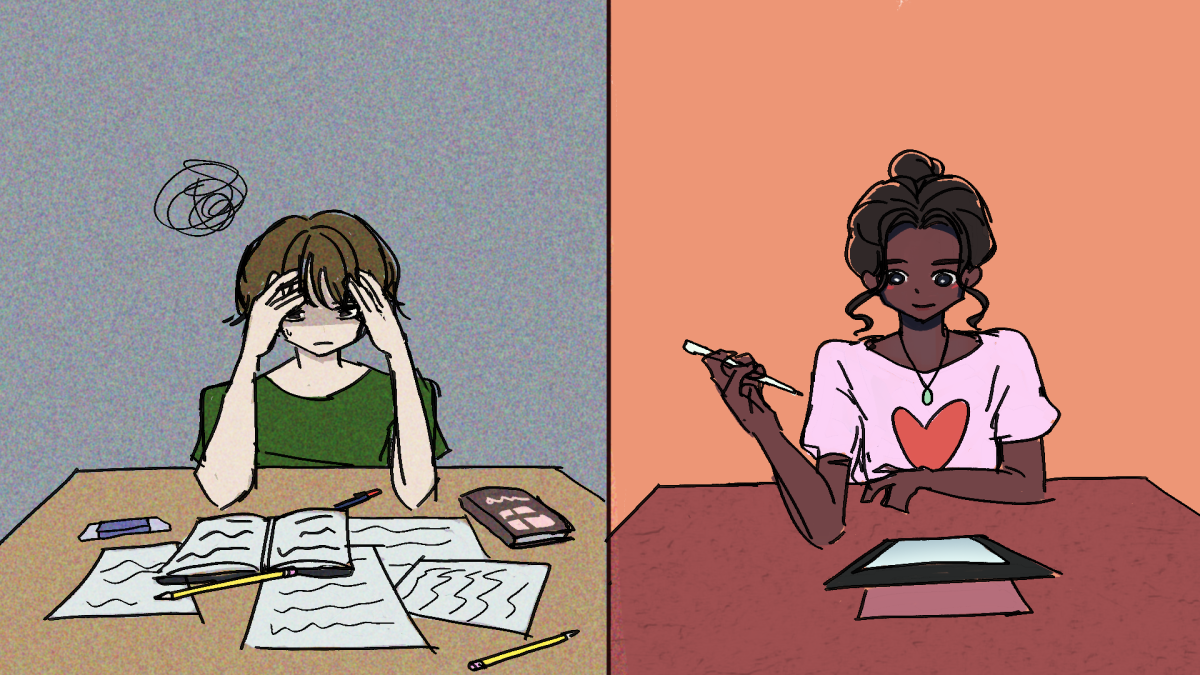Short-form videos are completely dominating social media. Leading the way of this new era are TikTok and Instagram Reels. Both have similar concepts — open the app and just scroll to your heart’s desire. With countless videos to watch made by millions of users, it’s easy to find content to your liking. But how’d we get here?
In 2010, two Stanford University graduates launched Instagram. The app was designed for users to share photos from their phones, shifting into the new-age idea of mobile-friendly social media.
In 2016, a Chinese tech company called ByteDance created a short-form video app, Douyin. The concept was very similar to that of Musical.ly. ByteDance acquired the rights to Musical.ly in 2017 and merged with them to officially create the app now known as TikTok.
Since, the COVID-19 pandemic has changed the trajectory of how we lived our lives as a result of our experiences during lockdown. With everything shut down, people went to TikTok as a form of escape.
One person who used TikTok as an escape was Grace Shell, a fourth-year student studying criminal justice at Appalachian State University.
“It was probably seven hours a day,” said Shell. “Today, I spent two hours and thirteen minutes [on Tiktok] and only 6 minutes on Instagram.”
The drop in screentime is a significant indicator of the addictive and distracting nature of short-form videos. With just a swipe, a stream of endless content unfolds.
After TikTok was banned in the United States earlier this year, Shell was forced to switch over to Instagram Reels for a while, but she said the difference was obvious.
“If the algorithms were to switch, I could definitely tell the difference based on the content of the two applications,” Shell said.
Shell attributed this difference to a gap in the general viewing population of each app.
“The audience plays a huge role. On Instagram, the comments are brutal. They’re so mean, but if you go on TikTok, oftentimes people are nicer and the comments are more supportive.”
This abrasive environment drives some users away. Christopher Schell, a lecturer in the department of sociology and anthropology, discussed how he has been off all social media platforms since 2016.
“People aren’t afraid to say anything on social media. I think that’s very problematic,” Schell said.
After suspending his accounts, Schell said that his mental health improved and that he didn’t miss being on them at all.
Anytime a fad such as video games or the Internet begins taking society by storm, concerns about the potential repercussions surface at the forefront of the discussion. Schell discussed how this same conversation has begun to unfold with the explosion of short-form video content.
“I don’t think social media causes crime. I think social media affects the mental well-being of those that are very dependent on it,” Schell said. “If they’re on it constantly, it releases dopamine and it’s an addiction.”
Schell also raised concerns about the desensitization caused by the graphic nature of posts on both platforms. Hours and hours of videos blur the line between entertainment and reality — and what should instill shock becomes ordinary.
“It [social media] was something that was created with good intentions, and now it’s just become its own entity that’s basically running itself,” Schell said.
Both TikTok and Instagram Reels share similar algorithms to hook users on continuous scrolling. For some, it can be an escape. For others, it’s a reminder of how numb we have become to the world beyond the screen.




